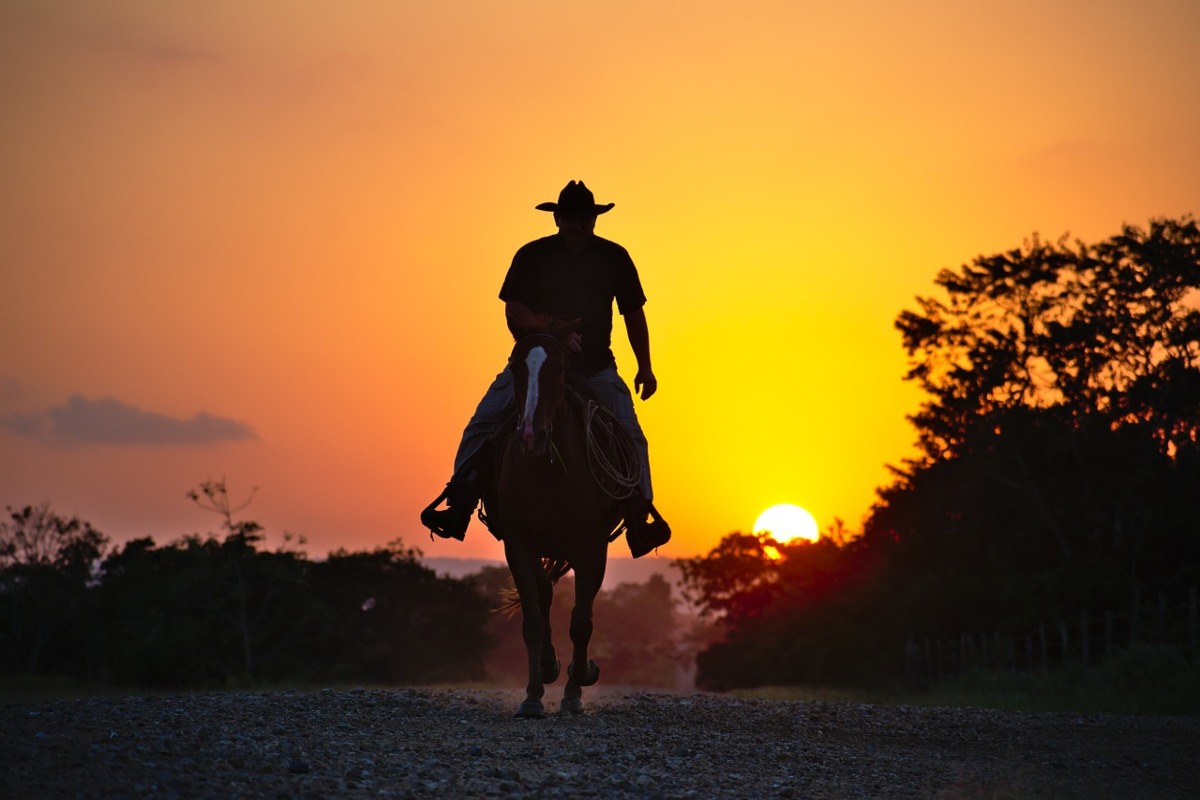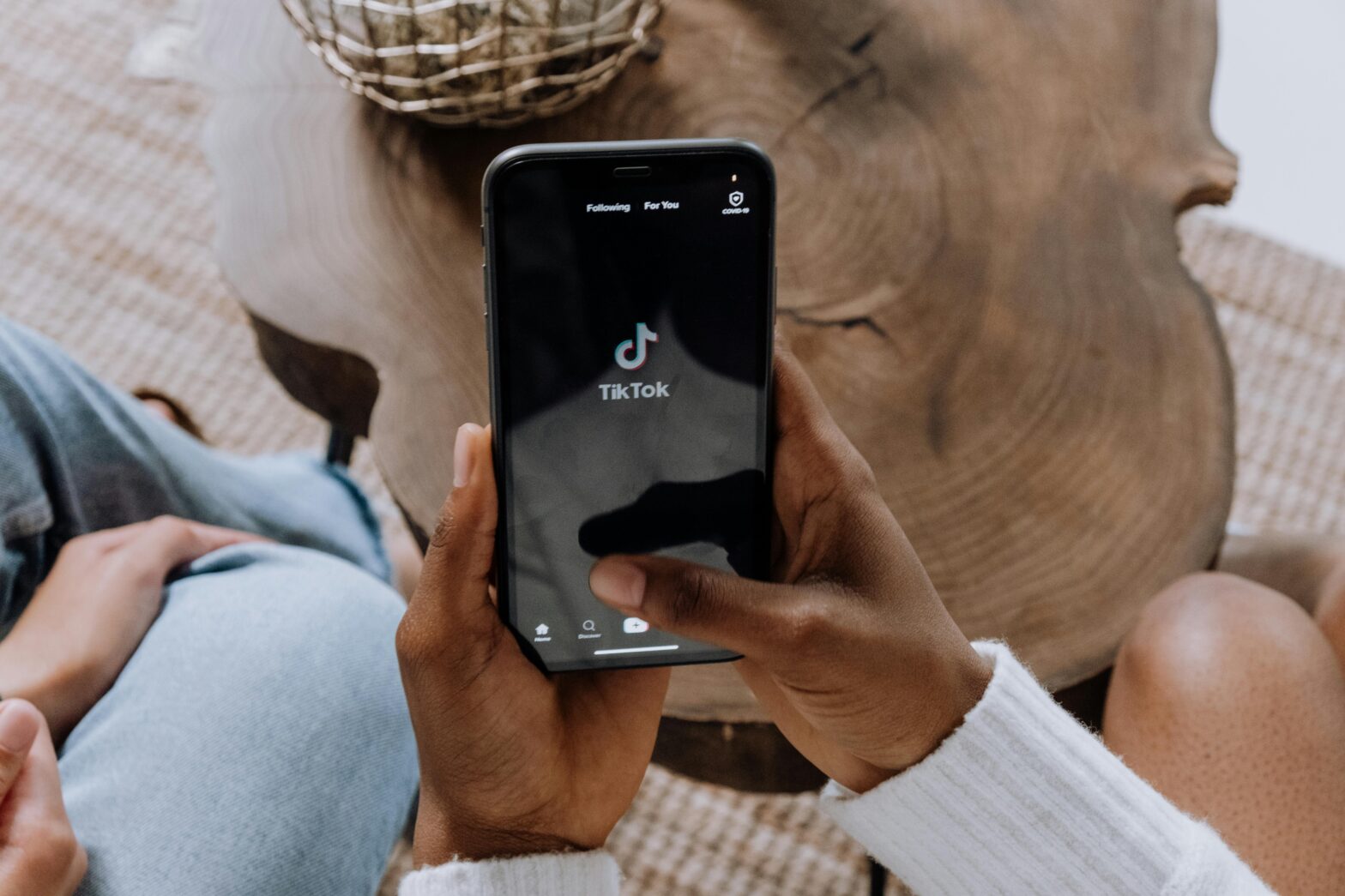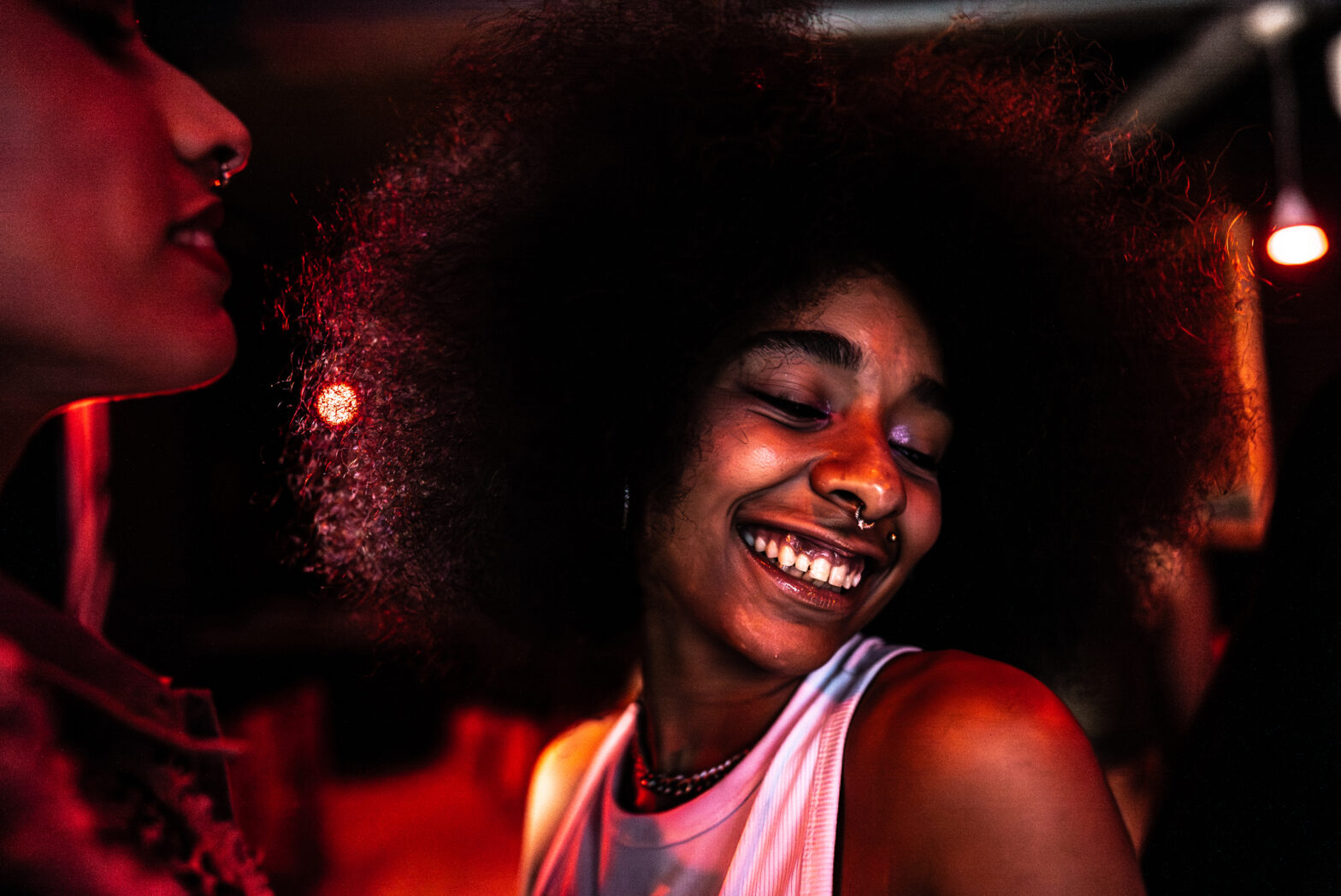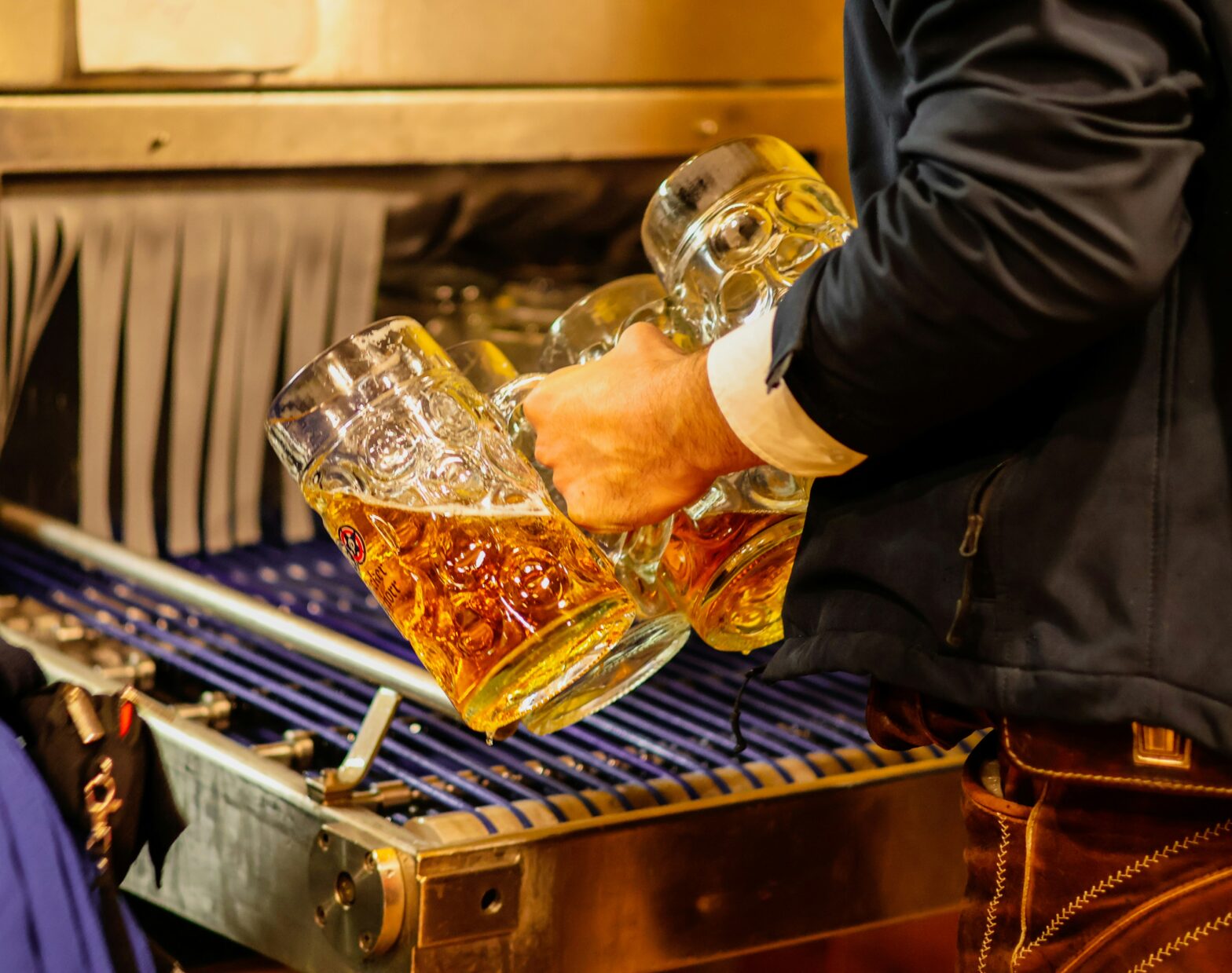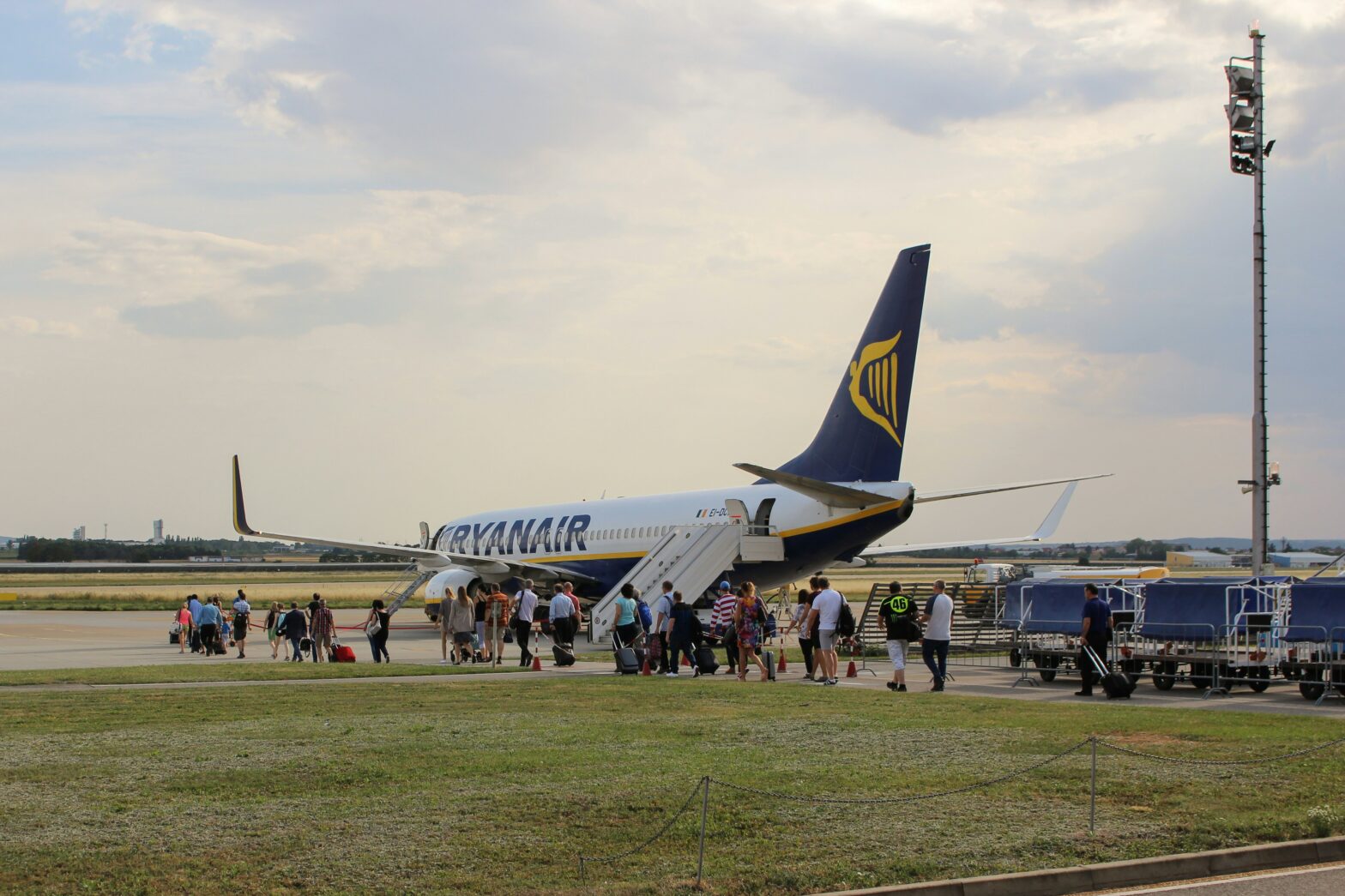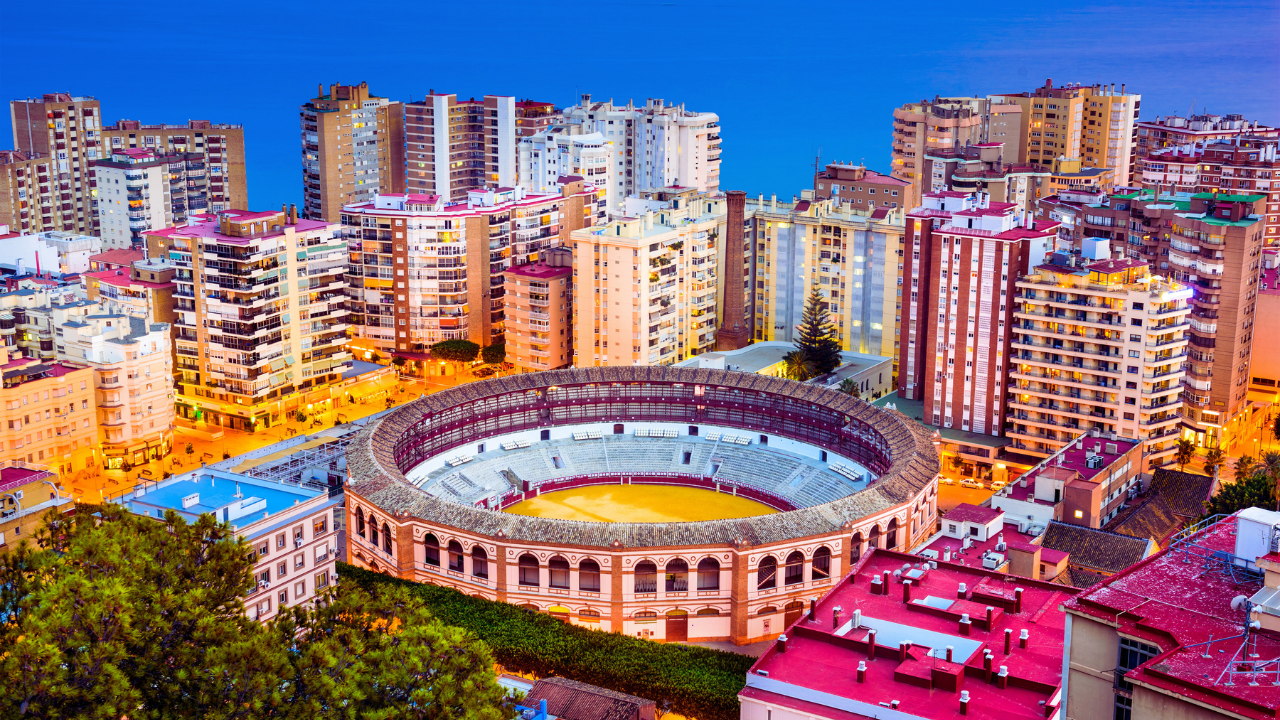Even though New York is a city where anyone can achieve their wildest dreams, the story of the Black Cowboys parading through Harlem in the 1970s is nonetheless inspiring. The parade, on the afternoon of Friday, 3 September 1971, was a three-mile procession unlike any other. The event served as an important message that brought the long-forgotten history of Black Cowboys back into the American consciousness.
The Black Cowboys Parade and Its Significance
In 1969, Bud Bramwell, Cleo Hearn, Charles Evans, and Marvel Rogers, who created the American Black Cowboy Associatio, had the brilliant idea of holding an all-black rodeo in Harlem. Their vision was to create a platform where Black cowboys could showcase their talents and receive recognition for their contributions to the Western legacy, which racial prejudices and historical erasure had long overshadowed.
On the day of the parade, more than 10,000 people, many of whom had never seen a rodeo, let alone an all-black rodeo, made their way to Randall’s Island. This crowd witnessed a spectacle that served as both a celebration of Black culture and a striking statement against the centuries-long racial prejudice that had sidelined Black cowboys. The participation of Muhammad Ali, a legendary figure known for his civil rights work and boxing prowess, emphasized the event’s importance. Ali, who spent no more than two hours at the event, highlighted the rodeo as a pivotal moment for all Black cowboys — past, present, and future.
Legacy and Continuing Influence
The Black Cowboys Parade and Rodeo of 1971 was a historical moment that rekindled interest in the legacy of Black Cowboys. The parade led to the Black Western Cultural Show and Wild West Rodeo, or what came to be known as a “rodeo with soul,” held on Randall’s Island the following day. Additionally, the documentary Black Rodeo, which chronicled the event, has since played a crucial role in preserving and spreading awareness of this vital aspect of American history.
